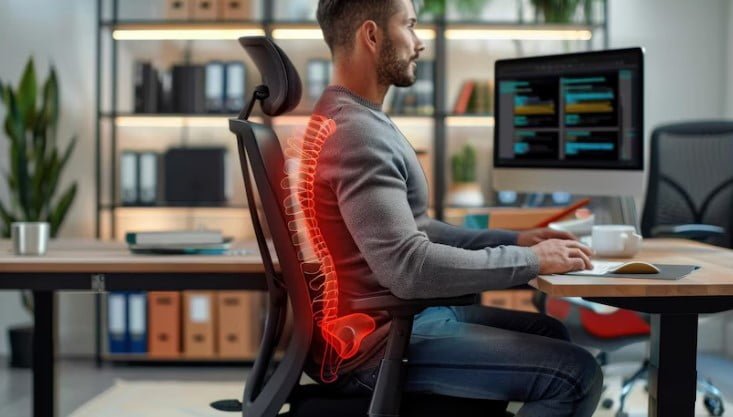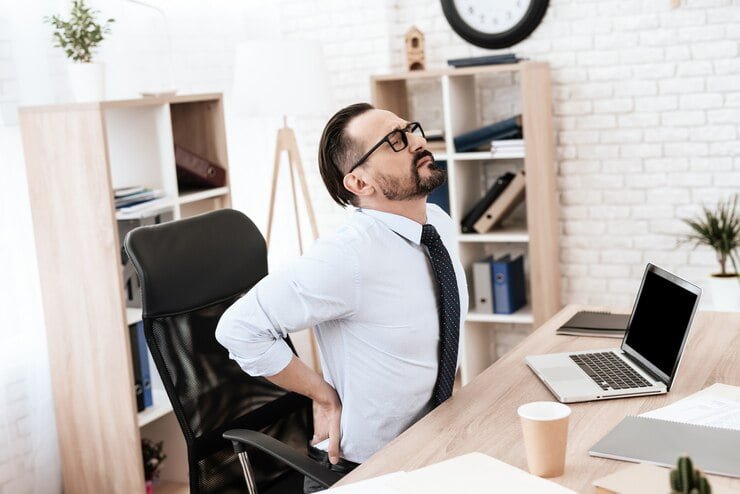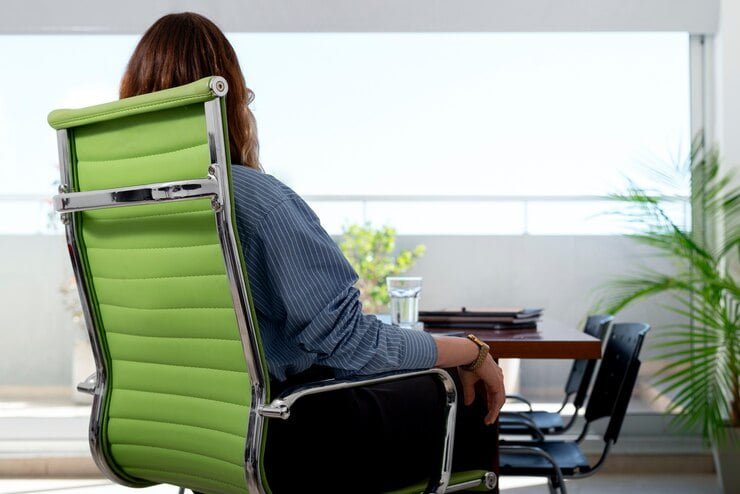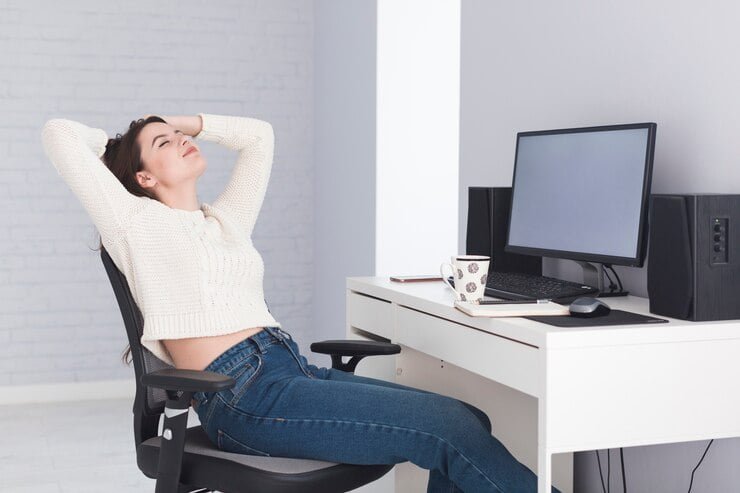
It has been said that the type of chair one chooses can either make or break their chances of relieving back pain. This is especially so for people who are seated for prolonged hours in a desk or workstation. A good chair can help prevent slouching, support the spine and muscles, as well as prevent fatigue in your back muscles.
Nevertheless, this is only true to a certain extent because one cannot simply buy any chair type and expect to achieve this. Rather, knowing what to look for is just as important in ensuring that one does not waste money on casual chairs.
Whether it is lower back pain, sciatica you seek treatment for, or you just want to keep good body posture, there are basic principles that you need when picking an appropriate chair that will be of help.
This guide will offer ergonomic office chairs and tips for getting relief from lower and upper back pain by discussing the attributes of an appropriate chair and using alternative sitting devices including an exercise ball, a kneeling chair, and a saddle chair.
Why do you need an Ergonomic Office Chair?
An ergonomic office chair is built to support the natural curve of your spine and help you sit with the best possible posture for long hours. Adjustable ergonomic chair offering support, reducing lower back strain and potential neck and hip problems not available from typical computer chairs.
These chairs are not like the regular office chairs concerning comfort, adjustability and posture support. Regular use of an ergonomic chair may help avoid chronic back pain and improve spinal alignment, and could generate a level of productivity by promoting better work positioning.
Characteristics of an Ergonomic Office Chair
So now that we know why you need an ergonomic chair and what it offers, let us find out how you could pick the best ergonomic chair for back pain relief. These elements do not only help with a proper sitting posture but also relax the back and other such area which cause problems.
Adjustable Seat Height
The seat adjusting functionality is also one of the most important as you should be able to adjust your seat height so that your feet remain flat on the floor and knees create a 90-degree angle with floor line. This position promotes blood flow and places the lower back in neutral, reducing pressure on your spine.
Lumbar Support
Healthy lumbar support is one of the main characteristics of an ergonomic chair. It preserves the natural lordotic curve of your lumbar spine, and it may actually reduce your risk for developing low-back pain. The lumbar support must be adjustable so that it can be positioned exactly where it provides the most suitable support for your back.
Adjustable Armrests
You will also have comfortable armrests that are height and width-adjustable to keep your arms supported while you shoulder muscles can properly relax. Keeps your upper back and neck in a neutral position to help reduce strain. Their armrests should also cradle your arms without pushing them into positions they are not naturally meant for.
Seat Depth and Width
When you are sitting back, the seat depth is such that 2-4 inches of seat edge extends beyond the back of your knees. The correct seat depth adjusts to fully support your thighs while relieving stress on the knees.
Reclining and Tilt Mechanism
A chair with a reclining mechanism enables to tilt the backrest, relieving stress on your spine when you sit for extended periods of time. When sitting, search for a slight recline option while maintaining your lumbar supported.
Swivel and Wheels
If you are forever scurrying all around your work area so that you can reach different spots, then an ergonomic chair is one that would permit ease of movement and mobility. The swivel function and wheels make it easier to avoid twisting your back or straining for something.
Types of Common Ergonomic Healthy Chairs or Sitting Device
There are more sitting devices that provide ergonomic benefits besides the traditional ergonomic office chair. Although a couple of these don’t quite look like chairs, they are ways to help you achieve better posture resulting in decreased back pain. Innovate with Creative Offerings.

The Exercise Ball “Chair”
An exercise ball chair is a unique type of seating, provides an active way to sit with good posture, and encourages movement while sitting. Not able to give much back support, this alternative is designedto promote ‘active sitting’, where the action of sitting requires the activation of lower abdominal and spinal musculature as well as mobilization of leg muscles. You can do this with killer moves like arch ups, hyperextensions or reverse back extensions, by just getting in some crunches on a stability ball (and working your balance at the same time), or even sitting on it behind your desk all day long. The instability of the ball keeps you slightly off-balance whenever you move around on it which forces you to use more muscles and improves blood circulation all day.
Ergonomic Kneeling Chair
We reviewed the best ergonomic kneeling chairs that alleviate your lower back pain by evenly distributing weight and using a unique sitting posture on your pelvis and knees. A Kneeling Chair has two “seats”, one for your bottom and the other for your knees. This helps push forward your hips therefore realigning the neck, shoulders, and back naturally. Sitting in this position helps to avoid slouching and limit the strain on the lower back as it keeps the proper spinal alignment. This weight over the knees and pelvis also spares the spine damage from spinal compression as well, due to an uncompromising distribution across the spine.
Ergonomic Saddle Chair
Saddle Chair The saddle chair is designed to be similar to sitting on a horse. The user sits in a semi-standing position, with legs splayed naturally to the sides (taking a cue from shitting) as opposed to being bent at the knees, as they would be in a conventional seat. I find the sitting posture to be very helpful for those with lower back pain because it aligns the spine and helps strengthen those muscles of the back.
Conclusion
Ergonomic Office Chairs and seating device alternatives such as Exercise Balls, Kneeling Chairs, and Saddle Chairs help support the body when a regular office chair does not solve posture issues. The aim is to recognize an office chair to best serve your distinctive needs with as many characteristics as possible that boost spine help and realignment. When you invest in this kind of chair supporting back your comfort at work expands you put an end to the risk of back pain and save yourself from chronic suffering.

